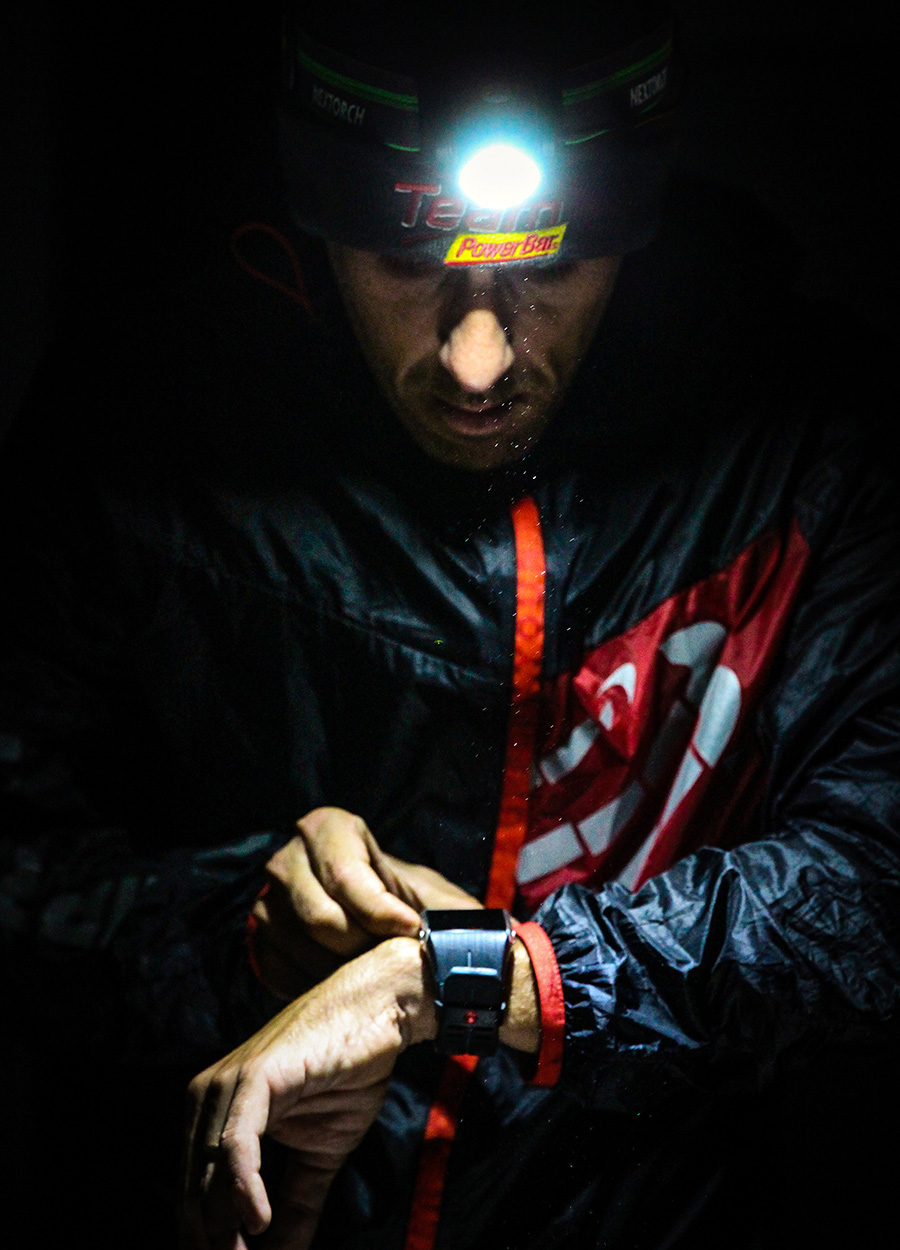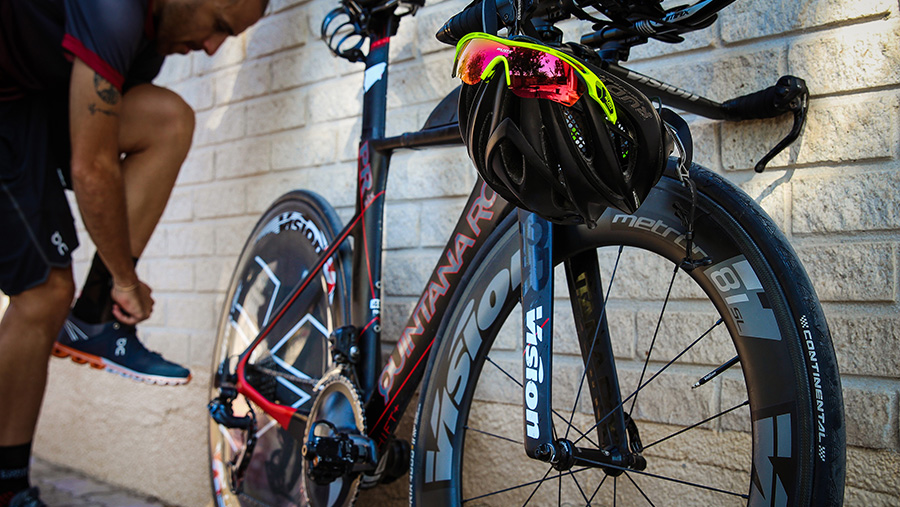It’s very easy to progress as an athlete in the early stages – practice makes perfection and with time you will gain form, fitness and experience.
There are ways of improving your performances with the same exact training you are doing, almost like gaining free speed just by tweaking a few details. To begin with, here are three simple guidelines you should embrace and take into consideration if you want to improve your next triathlon performance:

1. Train your weaknesses – most triathletes are very good at one discipline. Two, at the most. A swimmer will always be a strong swimmer; a runner will always have a relative faster split. Considering triathlon is the culmination of three sports, you should focus on the ones you are ‘less’ strong, likely the same you don’t like as much. Swimming is definitely the biggest handicap of triathlon because riding a bike or running is something we do almost from the minute we learn how to walk. Finding a group to train your weaknesses will help you boost your overall performances and become motivated to do so.
2. Train transitions – the purpose of training transitions is not to save you time on the actual transitions, although you can actually find a minute or two on those. Visualize the transition you are about to do a few seconds prior to it – if you are swimming, mentally picture yourself running to your bike, picking up your helmet and rolling out. If you are biking, imagine yourself, racking your bike, putting your running shoes on and running out. Do this in the final moments of the length you are enduring. It will do wonders to your transition times. However, the main goal of incorporating transition training into your schedule should be to prepare your muscles and body for the change of sport. The swim to bike transition is fairly soft, muscle wise since you will be using different muscle groups. The bike to run transitions is usually harder since the muscle set you are using is similar. Training this transition will prepare your body and mind for it on race day and it will be much easier to deal with the emotions and sensations on race day.
3. Fuel right – you may be the most fit person on race day and still not improve your performances if you do not fuel right. Think of your body as a car engine – likely the higher horse-powered one wins but similar engines will have different performances accordingly to the fuel you use. Fueling your body right is the only way you will ever race at your full potential. Unlike the local 10K or 15K road races, it’s very unlikely that you will finish your triathlon race without eating anything. Either if it’s gel or energy drinks, you have to make up for the energy deficit as soon as possible during the race and you are only able to do so if you focus on your nutrition on race day from the gun on. In fact, the sky is not the limit – your lack of energy is. In theory, your body can only store about 50-60 minutes of energy. If you do get to that point and you’re still going, it’s almost impossible to immediately reestablished your glycogen reserves. The body needs time to process all the energy you are in taking and you will likely hit the “wall” very fast. Do not discredit hydration either, remember that water is an important element on energy production and without it, the reaction will not happen. This is not just true for your races – you should fuel your workouts right to. Train harder, race stronger.

While the above three “tricks” are useful, to begin with, we all will hit a plateau. It’s just the normal progression of any athlete to hit it at one point, because we as triathlete often get into a strict routine and anything that moves away from it affects your life balance and mindset. However, doing the same thing over and over again and expecting different results is defying the rules of sanity so here are three tricks to trigger your body into the next level:
1. Train your head – 90% of all endurance races are won not by your body, but by your head. If this is true on race day, it’s also true in training and to reach new limits you need to embrace a bit the pain, accept it, and surpass it, trying to build mental toughness. It’s often that once you hit a plateau because you quickly lose the ability to suffer hence mental toughness is one of the biggest challenges triathletes face. After a few years, their ability to suffer alone, when no one is watching and cheering, become less self-sufficient because we get so used to it when we race and when we train with a group. I wish I had the key that fits all to building mental toughness, but I have found that taking one or two of the weekly key sessions on your own, with no group or anyone pushing you, and embracing that key session as a race is something that works for me.
2. Take the hard days hard & the easy days really easy – as a triathlete myself, I know this is much easier said than done. It’s, however, the secret of most successful triathletes. Our natural will is to train hard, every day for as much as possible but the body won’t have time to recover between workouts and you will eventually dig yourself into a hole of frustration, demotivation and maybe even be overtraining. Taking the easy days really easy will make you go beyond and above your previous limits on hard days and make you faster on race day.
3. Hit the hills – it’s not by chance that most pro cyclists and triathletes choose hilly locations to be based out of. Maybe it’s something you lack in the main training places in the UAE (Dubai and Abu Dhabi) and certainly, you must not settle and you must hit those hills regularly. Hit the bridges for hill repeats, insert stairs on your runs, and drive to the mountains for bike rides. If you don’t have stairs or bridges nearby, and can’t find the time to drive, make one of your key sessions of running and cycling an indoor simulator one where you can practice the feel of it. The problem with training only in flats is that you are constantly rolling on a high inertia, low resistance surfaces, and you may even get excited about your average paces but you will actually be doing worse. ■
Words + Photos by: Pedro Gomes

